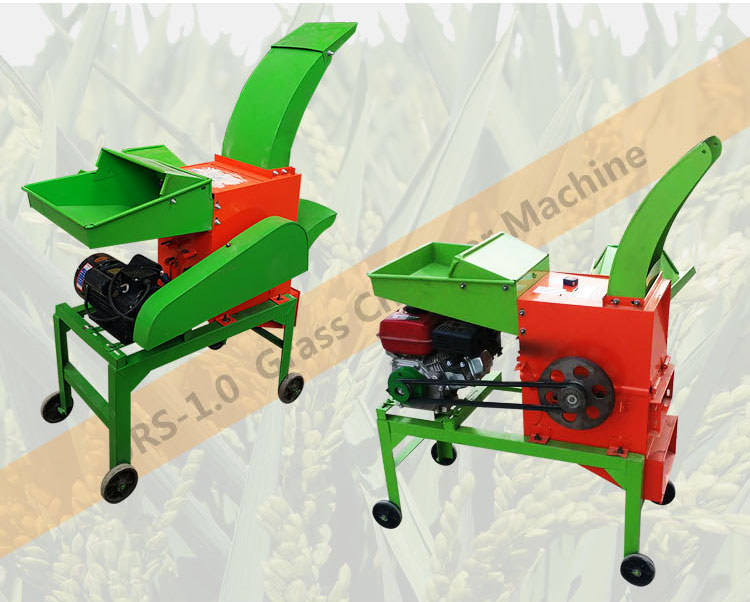Effective Methods for Heating and Preparing Chickens for Processing
Nov . 16, 2024 05:54 Back to list
Effective Methods for Heating and Preparing Chickens for Processing
The Importance of Chicken Scalders in Poultry Processing
In the poultry processing industry, efficiency and hygiene are of paramount importance. One critical stage in this process is scalding, where chickens are submerged in hot water to facilitate feather removal after slaughter. Chicken scalders play a pivotal role in this phase, ensuring that the birds are processed effectively while maintaining product quality and safety.
Scalders are essentially large vats filled with hot water, typically maintained at temperatures between 140°F to 160°F (60°C to 71°C). The primary purpose of scalding is to loosen feathers, making them easier to remove during plucking. The scalding process must be carefully controlled. If the water is too hot, it can cause skin damage or uneven feather removal, while insufficient heat may result in ineffective scalding, leading to a longer processing time and reduced quality.
The technology behind chicken scalders has evolved significantly over the years
. Modern scalders are often equipped with temperature control systems, ensuring that water reaches and maintains the desired temperature. Some advanced systems utilize continuous flow methods, where birds are scalded as they move through the equipment, optimizing space and enhancing processing speed. This efficiency is crucial in meeting the demands of mass poultry production, where a rapid turnover is needed to satisfy market needs.chicken scalders

Beyond efficiency, scalding presents specific challenges regarding food safety. Pathogens such as Salmonella and Campylobacter, which can be present on the surface of chicken, pose significant risks. Effective scalding not only loosens feathers but also reduces bacterial loads on the birds’ skin. However, this step must be part of a broader hygiene strategy, including sanitation of equipment and monitoring of water quality. Regular checks ensure that scalding water does not become a source of contamination.
Moreover, the transition toward sustainability in the poultry industry has also influenced scalding practices. Water use and energy consumption have become key concerns. Many processors are adopting technologies that recycle scalding water, reducing waste and lowering operational costs. Innovations in heating methods, such as using infrared or steam, also reflect a growing commitment to minimizing environmental impact while retaining processing efficiency.
The choice of scalding method can vary depending on the type of poultry and the end product desired. For instance, some facilities may employ dry scalding techniques utilizing steam, which can preserve the quality of the meat better than traditional wet scalding. This variation adds versatility to processing lines and allows businesses to tailor their operations according to market trends and consumer preferences.
In conclusion, chicken scalders are an indispensable part of poultry processing, directly impacting efficiency, quality, and safety. As technology and practices evolve, the industry must continue to embrace innovative solutions to enhance these critical processes. By doing so, poultry processors can ensure that they meet consumer expectations while adhering to stringent food safety standards and sustainable practices. The future of chicken processing will undoubtedly see further advancements in scalding technologies, driving improved outcomes for both producers and consumers alike.
-
Hot Sale 24 & 18 Door Rabbit Cages - Premium Breeding Solutions
NewsJul.25,2025
-
Automatic Feeding Line System Pan Feeder Nipple Drinker - Anping County Yize Metal Products Co., Ltd.
NewsJul.21,2025
-
Automatic Feeding Line System Pan Feeder Nipple Drinker - Anping County Yize Metal Products Co., Ltd.
NewsJul.21,2025
-
Automatic Feeding Line System - Anping Yize | Precision & Nipple
NewsJul.21,2025
-
Automatic Feeding Line System - Anping Yize | Precision & Nipple
NewsJul.21,2025
-
Automatic Feeding Line System-Anping County Yize Metal Products Co., Ltd.|Efficient Feed Distribution&Customized Animal Farming Solutions
NewsJul.21,2025






